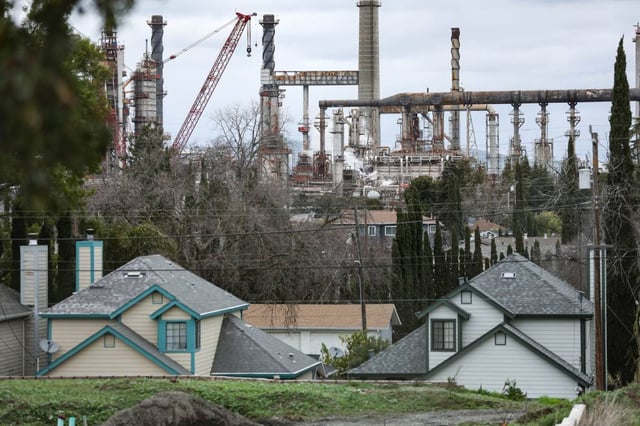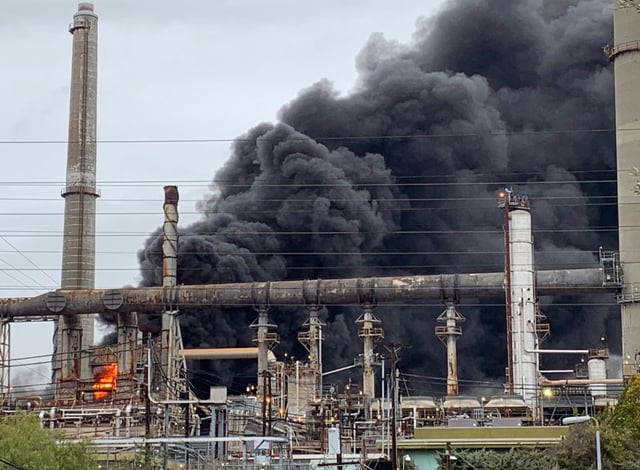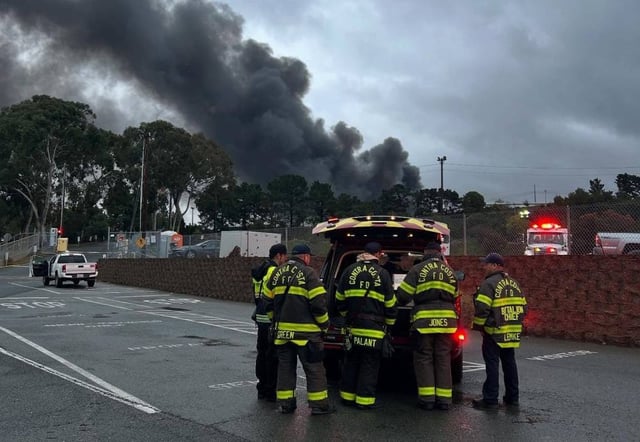Overview
- Investigators found that a misidentified flange and delays in permit timing due to small-font work permits triggered the hydrocarbon leak that ignited on Feb. 1
- The report highlights inadequate contractor training and insufficient supervision as critical human factors behind the maintenance error
- State rules requiring contractor hiring solely through local union halls were blamed for restricting access to experienced turnaround personnel
- The three-day fire consumed more than 170 barrels of hydrocarbons, injured six workers and prompted a four-hour shelter-in-place order for nearby residents
- The report recommends permanent corrective actions including increased operator presence and employment agreement reviews as the refinery resumes limited operations and aims for full production by year-end 2025



